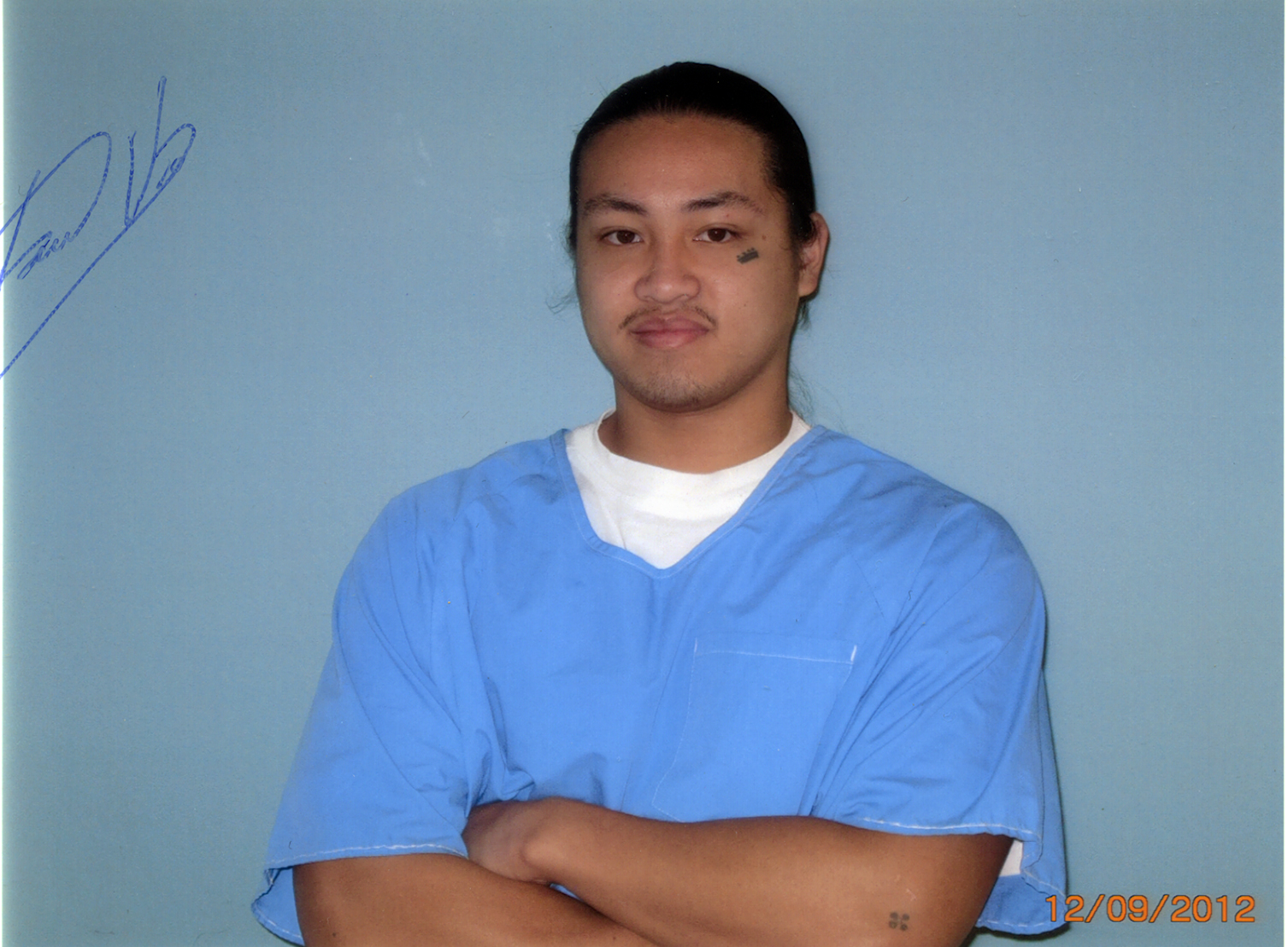
Nearly 100 people gathered on June 24 for the Oakland’s City Wide Peace Summit held at Laney College.
Attendees connected with groups working to interrupt violence, provide hands on care and consultation to victims and communities affected by violence. Groups also supported trauma recovery, opportunities to engage community through arts and fellowship, and efforts for policy reform. Ten organizations lined the court of the Laney College gym.
The urgency of violence prevention
Gun violence in Oakland, especially murders, hit a fifteen year high of 133 in 2021, the deadliest year since 2006 as reported by the Oaklandside. 2023 is on pace to surpass that total. Violent crime, including rape and assults, in Oakland in 2022 far outpaced California cities of similar size with almost triple the occuraces of San Francisco according to Open Justice data cited in the SF Chronicle
The Violence Prevention Coalition (VPC) that championed the formation of the City of Oakland Department of Violence Prevention in 2017 was the primary driver of the Peace Summit.
VPC Vice-Chair Bridget Cook recognized that there’s been lots of planning and work to address violence across Oakland but “what we don’t have are tactics.” Cook, former chief of staff to former Councilmember Lynette Gibson McElhaney, said the goal of the summit was coming up with action items that are achievable and measurable.
Limiting access to weapons
The keynote presentation from Brady, the organization that helped pass the “Brady Bill,” helped frame the issue as a national problem where regional solutions are effective. California Assembly Bill (AB1190) backed by Brady, passed in 2021, will bring back public access to trace data of firearms. Access-restricted over the past 30 years, so members of the media, watchdog groups, or the public, could hold gun dealers accountable and potentially put them out of business for dirty dealing. With 90 percent of guns used in crimes originating from just five percent of the gun dealers in the United States, Brady is focusing on the supply side to stop the killing. Similar legislation at the city level would require the Oakland Police Department to only buy weapons from dealers or manufacturers that have a clean history, including no federal violations in managing their inventory.
Panel discussions discussed the root causes of violence and perceptions of violence.

Community solutions to violence
Rapper and activist Kamaiyah Johnson invoked her childhood salvation of playing on Town streets. Many young people, she said, perceive violence as a path to a lifestyle of being wealthy and powerful.“As it is now, without that, with younger folks only looking at Instagram, what’s presented for them,” she said, “and how they are to define themselves (wealthy and powerful) isn’t accessible unless you go out and get money by robbing or dealing so you can emulate that lifestyle.”
Community organizers and anti-violence advocacy emphasized the importance of intergenerational communication and breaking out of the violence industry.
Antonio Towers, a director at Youth Alive, emphasized that “without communication, without the support and the trust between youth and the parents or the elders, they (adolescents) are just gonna go do it on their own.”
Cesar Cruz, CEO of Homies Empowerment, said that many people depended on violence for their job security. “Violence is profitable,” Cruz said. “It creates jobs across all sectors, including the ones that we are all working in.”
The Summit included breakout groups on five tracks: gun violence, immigrant concerns, youth, gender based violence, and a Spanish-speaking group. The groups documented actionable steps, while balancing the weight of attendees sharing traumatic story after story. Attendees shared personal injuries, loss of children, parents, family, neighbors, friends, and community.

From survivors to violence interrupters
That lived experience, however, was recognized as a path to connect with those in crisis. The group recognized the need for more trained interrupters, counselors, and mentors. The need for training for neighbors and friends to feel safe getting involved.
On November 6, 2011, Kenneth “Kenny” Johnson was shot ten times while attending a neighborhood block party. Johnson represented Vision Quilt, an organization that posts banners promoting peace.
Johnson uses cane and has noticeable challenges with his mobility as a result of the gunshot wounds. He said he processes the physical pain of his injury, and the trauma of that violence, every day. Johnson experiences emotional cycles of anger and frustration, but said he has a good support network. He leads the Youth Advisory Committee for Vision Quilt and regularly speaks at middle and high schools across the East Bay about the effects of gun violence. He hopes to prevent others from experiencing similar traumas –from either side of the gun.
On November 6, Johnson again gathered at his home in East Oakland with friends, family, and community, to share company, love life and, to uplift peace over violence.
Daniel Swafford personifies the soul of an Oakland native with his community organizing, activism, and fundraising. His role as an executive director of a nonprofit allows him a broad hand in storytelling through district management partnerships, where he seeks positive change. His world travels have taken him to volcanic sightings in South and Central America. Daniel, a poet and wordsmith, is charting pathways to publication.



Be the first to comment